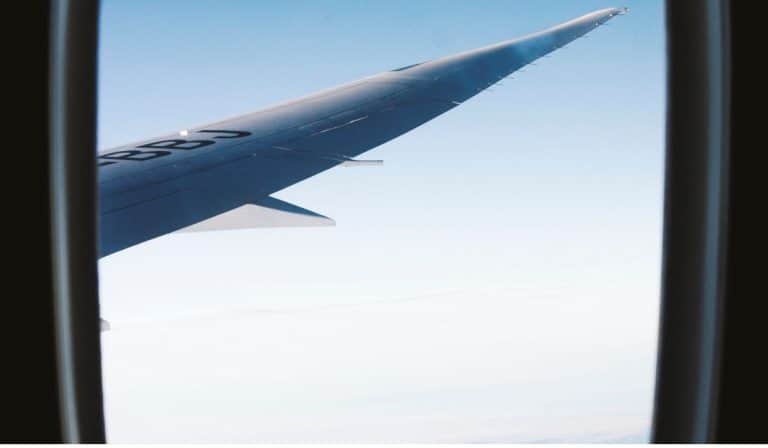Understanding Different Types Of MDF
Are you looking to renovate a home interior or commercial space with a versatile material? Look no further than MDF boards. MDF boards are famous for their exceptional durability and versatility. This makes them the preferred choice among interior designers, carpenters, and homeowners. Among different types, Mdf moisture resistant stands out for its ability to protect against water and moisture penetration in humid areas. It is crafted with wood fibres, wax, and moisture-resistant resin. This type of MDF ensures longevity and performance, even in damp conditions, making it ideal for various applications.
Why is MDF a preferred choice?
MDF is often mistaken for particleboard, but it cuts well and has a smooth texture. This makes it great for painting. Unlike particleboard, it’s easy to work with and offers a better finish. Here are some of the advantages of using furniture made of MDF:
- MDF offers cost-effective furniture compared to hardwood.
- It’s easily paintable with any colour, unlike hardwood, which may have limitations.
- MDF typically boasts knot-free, smooth surfaces.
- The chemical composition of MDF destroys pests such as termites.
- Unlike solid wood, MDF is less susceptible to contraction or expansion due to heat or humidity.
- Cutting and shaping MDF are much easier compared to solid wood, allowing for more intricate and elaborate designs.
- Using high-quality building material supplies, attaching wood veneers to MDF requires minimal effort. Their seamless blending achieves the same aesthetic appeal as genuine solid wood.
Types of MDF
Let’s explore some exciting variations of MDF:
Fire Retardant MDF: Imagine an MDF that’s like a superhero, equipped to resist fire and protect your space from potential flames.
Moisture Retardant MDF: This MDF is like a fortress against water. It ensures your furniture or panels stay strong and durable even in damp environments.
White-Faced MDF: Picture MDF with a sleek, white surface, ready to bring a clean and modern look to your projects.
Primed Wall Panel MDF: This MDF is like a blank canvas, primed and ready for your creative touch to turn it into stunning wall panels.
Black Melamine MDF: Think of MDF dressed in sophisticated black, adding a touch of elegance and style to any space.
White Melamine MDF: Just like the black version, but in crisp white. It offers a fresh and bright aesthetic for your furniture or interior design.
American Black Walnut Veneered MDF: Envision MDF with the rich, luxurious look of American black walnut. This brings warmth and sophistication to your projects.
White Oak Veneered MDF: This MDF boasts the natural beauty of white oak veneer. It brings a hint of rustic charm and timeless elegance to your creations.
Each type of MDF brings its unique flair and functionality to your projects. It allows you to unleash your creativity and bring your vision to life in thrilling ways. This is especially true when sourced from reputable building material supplies online.
Applications of different sizes of MDF:
6mm MDF moisture resistant: It is Ideal for lightweight panelling, backing boards, and decorative applications.
9mm MDF is moisture-resistant: It is suitable for small-scale furniture, cabinet backing, and interior wall cladding.
15mm MDF moisture resistant: Perfect for constructing cabinets, shelves, and other furniture pieces.
22mm MDF moisture resistant: Ideal for heavier-duty furniture construction, such as kitchen cabinets and wardrobes.
25mm MDF moisture resistant: Ideal for sturdy structures like shelves, counters, and work surfaces.
Does moisture-resistant MDF always appear green?
There are five MDF grades: lightweight, medium density, moisture-resistant, fire-retardant, and profound router grade. Each type is dyed in different colours for identification, but the colour doesn’t affect properties. Moisture resistance is achieved through a special resin. Larger sheets are often natural brown for easy painting later.
What precautions should be taken?
Safety Precautions for Working with MDF:
- Ensure proper ventilation when cutting or sanding MDF to minimise exposure to released urea-formaldehyde compounds.
- When working with building material supplies like MDF, it’s essential to wear facemasks. This protects against inhalation of harmful compounds during cutting or sanding, whether by hand or machinery.
- Wear goggles and masks to avoid inhaling fine sawdust particles dispersed during cutting, which can cause lung irritation.
- To prevent split edges when using nails or screws, keep them at least 20 to 22mm away from the MDF board’s edge or drill pilot holes before nailing.
- Drill pilot holes (also known as nail holes) into MDF to prevent edge splitting due to pressure.
- Seal MDF sheets properly to contain formaldehyde release. Also, consider adding a coat of paint to mitigate further exposure to harmful compounds.
Conclusion
With their eco-friendly reputation and versatility, MDF moisture-resistant boards have become a go-to choice for construction projects. They offer a variety of options, including oak veneered, white, and black variations, with additional properties like Fire-Retardant and moisture-resistant features. These are available in various sizes and thicknesses. Builders Merchant Ltd. cutting services ensure tailored solutions for your needs. You can add their services to your purchase to get good quality customisable products.



